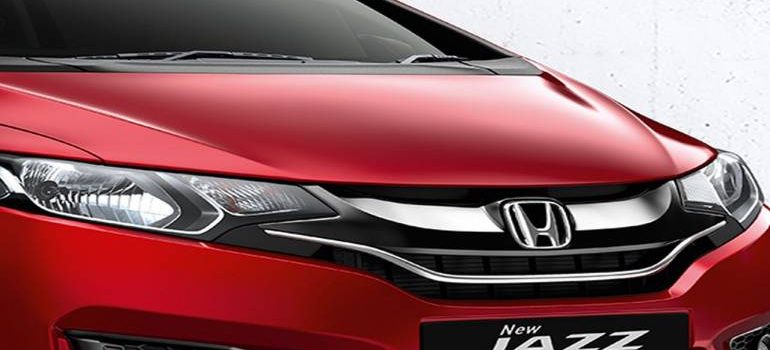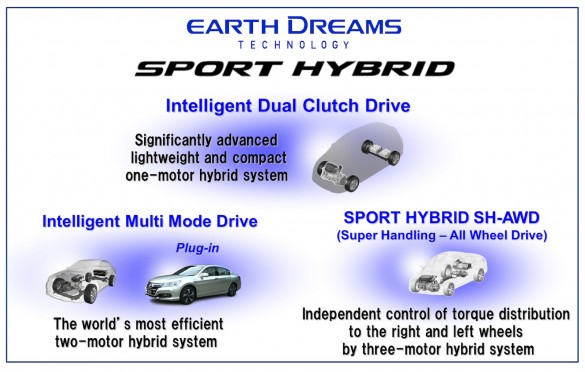Honda’s Insight hybrid debuted for the 2000 model year, the same time the Toyota Prius made its U.S. debut. Despite this, Toyota has a clear advantage over Honda when to comes to hybrid technology. The Prius continues to dominate the market in terms of hybrid sales, while other Toyota hybrids (like the Camry, Avalon and Lexus ES 300h models) are poised to bring hybrids more mainstream.
Honda, on the other hand, sells a handful of Insights, along with a scattering of Civic Hybrids and CR-Z hybrids. The automaker’s Integrated Motor Assist (IMA) hybrid technology isn’t as responsive as Toyota’s Hybrid Synergy Drive, and doesn’t always return stellar fuel economy in real-world driving.
Now Honda is looking to change that, with the introduction of three new “Sport Hybrid” systems under the “Earth Dreams” umbrella. For small cars (at entry level price points), Honda will offer its “Intelligent Dual Clutch Drive” system, which will blend a 1.5-liter, four-cylinder Atkinson-cycle engine with an electric motor and a seven-speed, dual clutch transmission. The automaker claims this will deliver a 30-percent gain in efficiency while maintaining the “sporty” nature of Honda’s cars.
Next up is the Two-Motor Sport Hybrid Intelligent Multi-Mode Drive, already deployed on the 2014 Honda Accord Hybrid. As the name implies, this system uses a gasoline engine in conjunction with dual electric motors and a CVT gearbox to deliver what Honda calls an “EV-like driving feel.” Presumably, this implies lots of torque and linear acceleration; since it will be offered in plug-in hybrid form, too, it will also give customers limited full-EV range.
Finally, there’s Honda’s Three-Motor Sport Hybrid SH-AWD system, which will blend a gasoline engine with three electric motors to deliver both improved fuel economy and exceptional handing. Each rear wheel gets an electric motor, while the front wheels are powered by a 3.5-liter V-6 engine, shifting through a seven-speed dual-clutch gearbox assisted by the third electric motor. Precise delivery of torque to individual wheels should ensure optimized traction, regardless of road conditions or velocities.
We’re glad to see Honda taking a different approach to hybrid development than Toyota, but this change comes late in the game, leaving Honda with a lot of territory to recapture.



